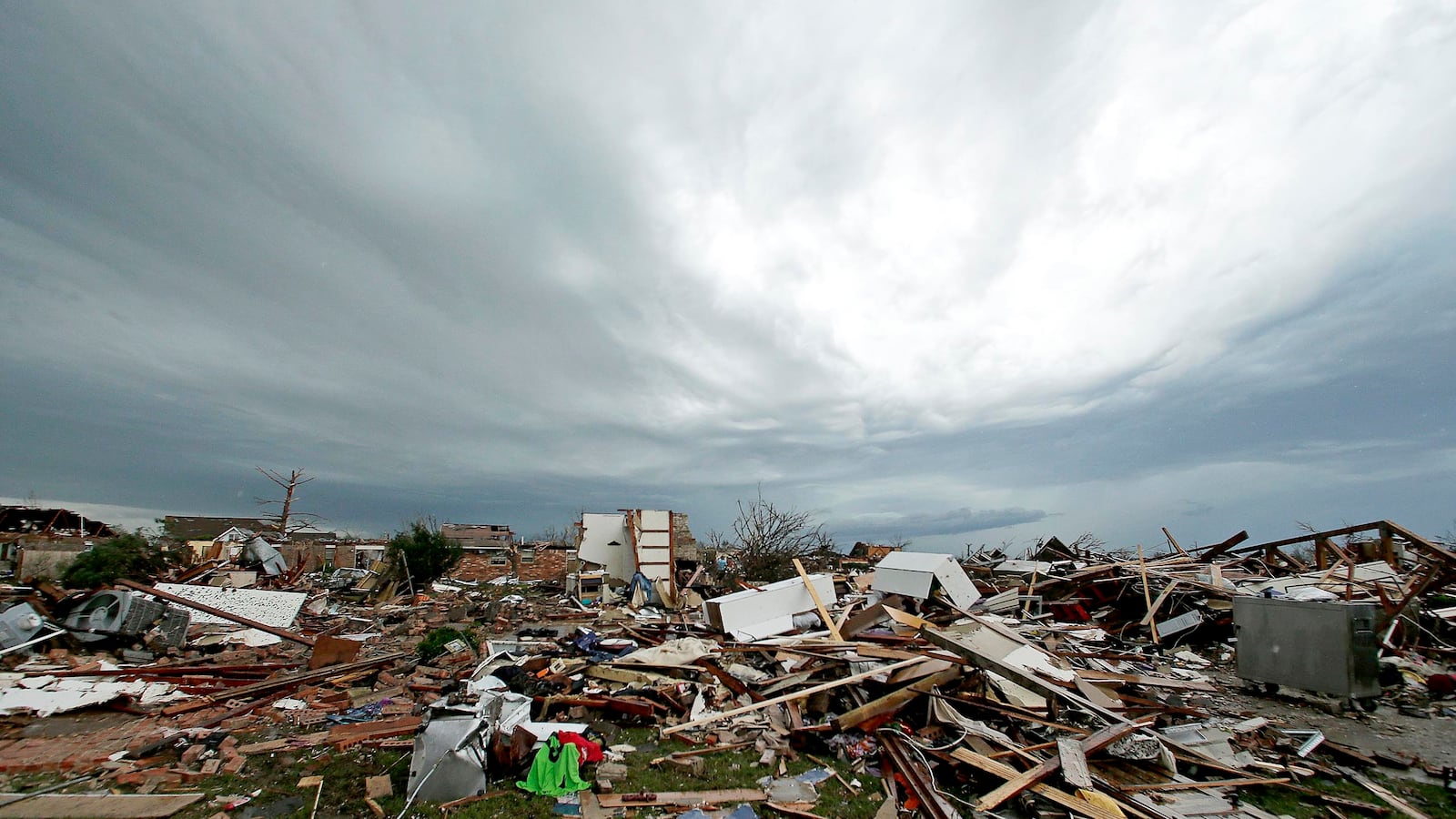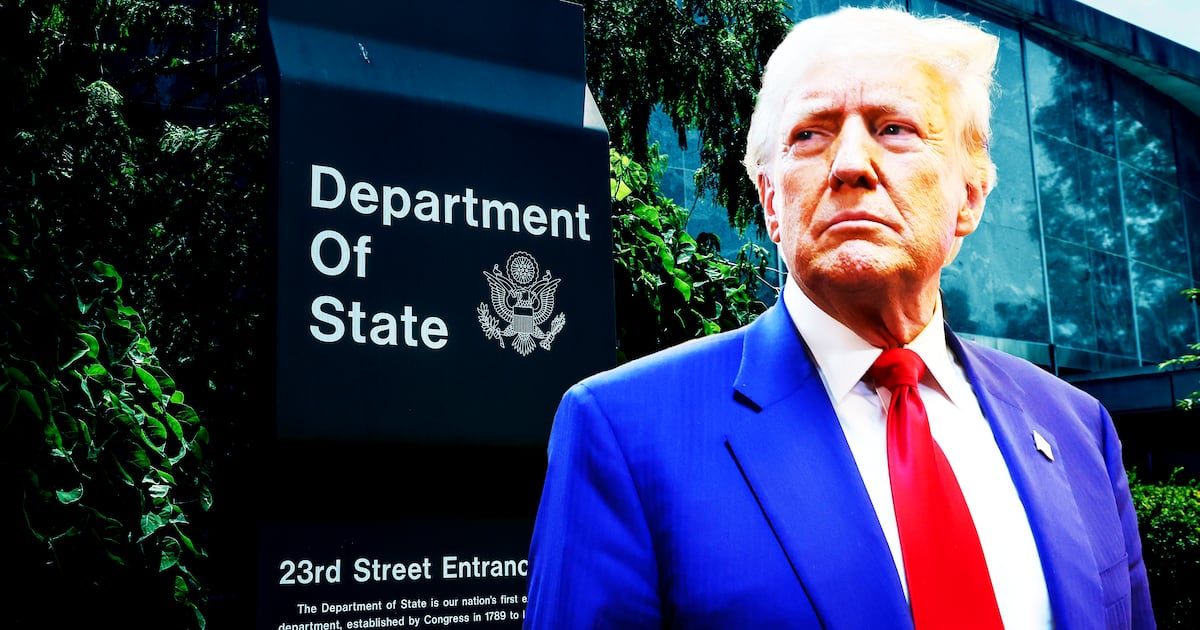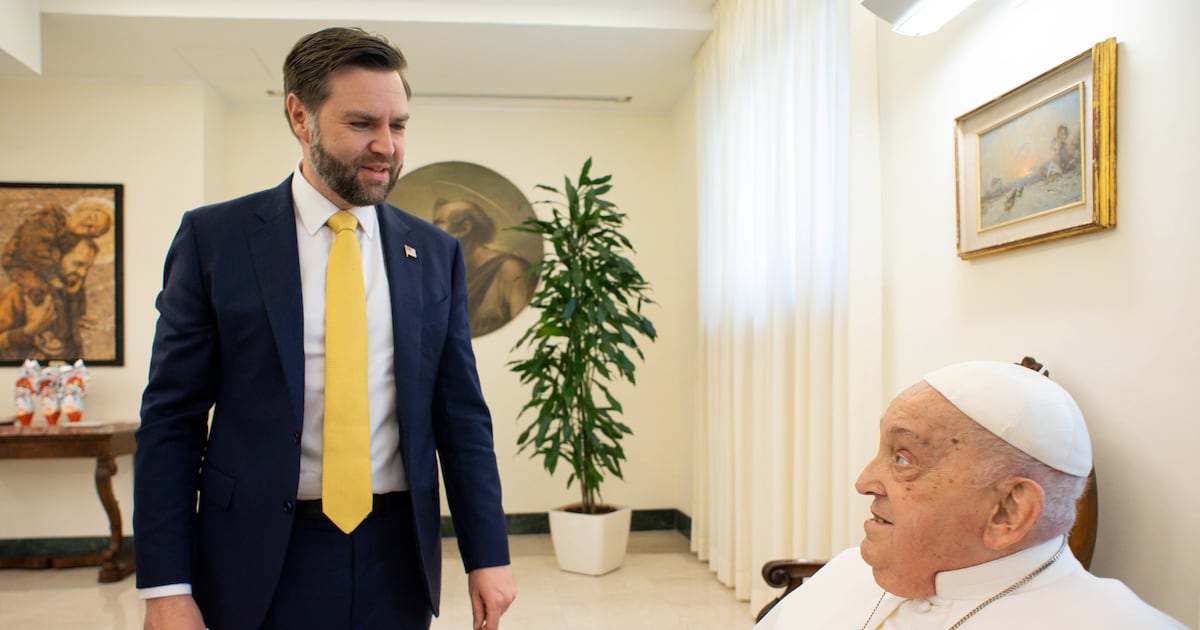Over the last few years, I have become all too familiar with national tragedies. In 2005 and 2006, I went with then-Senator Obama on his trips to New Orleans after Hurricane Katrina, helping coordinate support for nonprofits on the ground and organizing an interfaith vigil for families who had lost everything. I was with President Obama before he addressed the families of the men who perished at Upper Big Branch mine in West Virginia, and as the White House faith-based office director, I deployed to Tuscaloosa and Birmingham, Alabama, following the horrible tornadoes there in 2011. I went to Oak Creek, Wisconsin, with first lady Michelle Obama after the shooting at a Sikh temple and traveled with the president to Newtown, Connecticut, after the Sandy Hook massacre, as he comforted families who had lost their children just two days before. From mass shootings to earthquakes, hurricanes to floods, I have seen my fair share of disasters and witnessed firsthand the brokenness, pain, and resiliency that emerge in their wake.

Watching the horrendous tragedy in Oklahoma unfold, I’m reminded that these devastating moments really do bring out the best in the American spirit—but they’re also breeding grounds for the worst. Social media have created a platform for every single American to become a “virtual first responder,” in word, donation, or deed. But the democratization of disaster response brings with it a new responsibility to do our best to make things better, not worse, when tragedy strikes. Here are a few lessons I’ve learned along the way about responding to disaster in a social-media world.
1. Give our leaders a break (at least for a couple of days).
After the news that a massive tornado had struck two school buildings in Oklahoma—which we later found out had killed at least 24 people, including nine children—conservative pundit Erick Erickson (whom I actually admire) joked about reports that White House staff haven’t communicated information on recent scandals to the president, tweeting, “I wonder when President Obama will find out about Oklahoma.”
Cute.
On the other side of the fence, immediately following the Texas fertilizer-plant explosion, progressive activists were placing blame on Rick Perry’s regulatory agenda. The Sacramento Bee went on to publish a tasteless cartoon making the same point.
Listen: criticism of our elected officials is fair game—even after a tragedy. Real decisions by real politicians cause real impacts on people’s lives, and when they run for public office, they’re signing up to be poked, prodded, and even ridiculed.
But in the immediate aftermath of tragedies, let’s give our politicians a break. If Governor Perry is anything like President Obama, after a tragedy like the fertilizer-plant explosion he was working the phones to see who he could help and how fast. Let’s encourage their efforts in the immediate aftermath of these events. There will be plenty of time to bash Perry’s lack of regulations, White House staff, or anything else after the wounded have been attended to and the dead have been buried. But for decency’s sake, maybe we can give it a little time.
2. Still, don’t be a “tragedy troll.”
On the flip side, some people take this post-tragedy reaction too far—these are the “tragedy trolls.” Tragedy trolls are people who jump on anyone—online, at work, or on the floor of the House of Representatives—who fails to address the disaster at hand to that person’s particular liking.
Yes, it is possible to offer genuine prayers and support for victims of a tragedy and then a couple hours later tweet a photo from your daughter’s ballet recital or a line you heard in church. No, it’s not appropriate to jump on people who do this by self-righteously claiming they don’t care about human life. We are a nation of empathetic multitaskers, genuinely offering support, resources, and prayer on one hand and moving on with life on the other. And that’s perfectly OK.
3. Think before you share.
There is a very good chance that the email you received or the number you texted after a disaster does not in fact belong to the Red Cross. Instead it belongs to some guy in Eastern Europe five routers away with a tricked-out PayPal account and a big smile on his face. And he really, really wants to you click on that link.
There’s a special place in hell reserved for disaster profiteers, but that doesn’t mean they don’t exist. In fact, post-disaster fraudsters are so rampant that the Department of Justice created a whole office, the National Center for Disaster Fraud, to help protect against abuse.
A few rules of thumb to guard against this foolishness:
—There’s a (clunkily named, but very effective) coalition called the National Voluntary Organizations Active in Disaster. Its members are the vast majority of the legit disaster-response organizations in the country. Do your best to donate to these groups only; there are official links to them on the NVOAD website.
—If it doesn’t pass the smell test, don’t retweet or share it. I can’t tell you how many tweets I’ve received or shares I’ve seen on Facebook from family and friends unwittingly spreading links to fraudsters (I’m looking at you, Grandma). This is serious business: the more people who donate to the bad guys, the less is received by the good guys.
—If you have any doubt about the legitimacy of a donation link you saw online, go to the source website yourself (e.g., redcross.org) and share that link. Don’t tweet or share without thinking, thereby unnecessarily making yourself a part of the problem.
After tragedy strikes, it’s important to give quickly and generously—but not foolishly.
4. Get your photos from legit sources.
I’ve fallen for this one. Inevitably a jokester will share a chilling—but fake—photo after a disaster, and we then pass it along like it’s gospel. This is a tough one to avoid, so after having been burned a few times, I try to only retweet photos from reputable news organizations. In terms of individuals, I have found Andrew Kaczynski from BuzzFeed to be a de facto post-disaster photo legitimizer. If he’s sharing it, it’s likely to be legit, and if he’s knocking a fake picture down, you can help him spread the word.
5. Go online and tell Congress to get the lead out.
It is fair game to debate the level of federal aid after a disaster. It’s certainly appropriate to make sure federal dollars are well used and not spent wastefully or fraudulently. What’s not OK is to make disaster victims wait longer than they need to while lawmakers score political points.
We unfortunately saw this after Hurricane Sandy, and after the Oklahoma tornadoes there’s a danger of seeing it again. When disaster strikes, let’s use the social-media tools available to us press our elected officials to move with deliberate speed; at the other end of their votes are real families in need of help.
6. Remember that the Golden Rule doesn’t stop at the Internet’s edge.
Sometimes these horrific events—an explosion in Boston, a shooting in Connecticut, a tornado in Oklahoma—feel a million miles away from our daily lives.
But the fact of the matter is, somewhere in Moore, Oklahoma, a child who narrowly escaped disaster, and whose friends weren’t so fortunate, is logging onto Facebook or Twitter, hoping to indulge in a little normalcy in this insane week. Sure, it’s a one in a million chance—but what if she saw your tweet? Would you be OK with what you wrote? Or what if—heaven forbid—you were among the families of the lost? How would you like your fellow citizens to respond?
It’s a free country, and we have the liberty to do pretty much whatever we want after disaster strikes. But I’m reminded of an old saying, first found in the book of Corinthians: “Everything is permissible—but not everything is beneficial.” That seems to sum up the choices we face after tragedy in this new social-media world.






